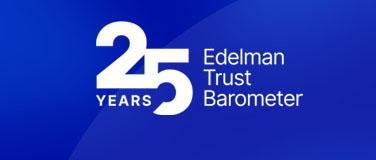The Nissan LEAF is the icon of Nissan’s technology platform—Nissan Intelligent Mobility—and offers 100 percent electric mobility with zero noise and zero CO2 emissions.
For their earned media campaign, Nissan needed us to highlight the vehicle’s connected capabilities, but in a way that would appeal to audiences emotionally and not just focus on the cold, technological details.
To appeal to family audiences, we focused on the following insight: some 60 percent of parents rely on driving their children around at night to tackle restless nights.
While this "dream driving" is a trusted method for parents, it's not so great for the environment and that’s where the Nissan LEAF comes in. We also discovered it isn’t just the motion of vehicles that sends children to sleep—it’s also the hypnotic noises of internal combustion engines—noises that are absent in electric vehicles like the 100 percent electric Nissan LEAF.
We had to solve this problem and bring back "dream driving" for our environmentally conscious audiences.

Strategy & Execution
To help environmentally conscious parents who were at risk of losing dream driving forever, we created "Nissan LEAF Dream Drive"—a five-track album that replicated the melodic sounds of combustion engines so that tired parents could lull their children to sleep while driving the silent-running, zero-emissions Nissan LEAF.
Five, three-minute tracks were created by partnering Nissan technicians and engineers with functional sound designer and sleep coach, Tom Middleton. The tracks were designed to work in harmony with the advanced in-car technology of the Nissan LEAF's infotainment system and the final dream drive album was made available on all platforms, starting with Apple Music, Deezer, Spotify, Google Play & SoundCloud, so that parents could download them to their phones and play them through their car stereos, or anywhere else.
It’s the first time a car had ever been an artist on Spotify.

OUTCOME
To date, the dream drive album has been downloaded more than 150K times.
Earned media coverage:
- The story was picked up across 22 countries (13 in Europe)
- 200 pieces of coverage were generated
- We saw a total online readership of 1.2 billion
- There were an estimated 2.5 million coverage views
- Coverage was split across the desired media verticals—with weight seen in news and parenting—ultimately reaching the intended audience
Share of voice and positioning:
- During the campaign period, Nissan saw a 27 percent share of voice increase in headlines against its competitors and a 7 percent share of voice increase (overall) against its competitors.

